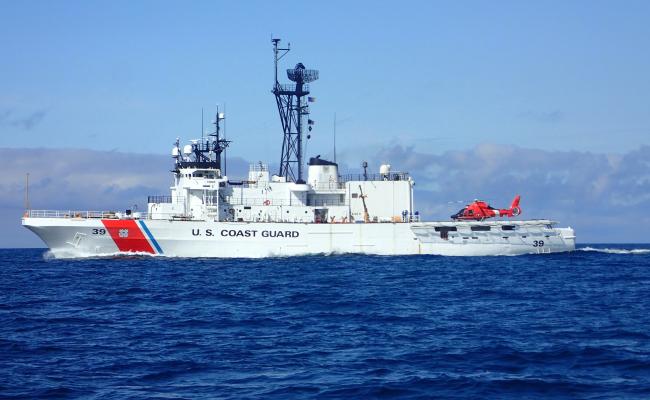Pentagon Fields Long-Range Radar in Alaska for Missile Threats

"The Pentagon" by David B. Gleason is licensed under CC BY-SA 2.0
The new radar is based in Interior Alaska and is meant to provide information for interceptors based there and in California.
The Pentagon has completed military construction and will begin testing a long-range radar for a homeland missile defense system that can track intercontinental ballistic missiles as well as next generation threats such as hypersonic weapons, the Pentagon said on Monday.
The 2015 U.S. Defense Department plan was to deploy a new long-range radar in central Alaska that would help the U.S. missile defenses better discern potential enemy missiles launched by Iran or North Korea and increase the capacity of interceptors on the ground in Alaska and California.
Placed at Clear Space Force Station in Alaska, the massive arrays measure 60 feet high by 60 feet wide and use advanced gallium nitride technology to boost the power of the radar.
The Pentagon recently held an official fielding ceremony for the system, which has cost about $1.5 billion so far.
“Once fully operational, LRDR will provide unparalleled ability to simultaneously search and track multiple small objects, including all classes of ballistic missiles, at very long ranges,” the Pentagon Missile Defense Agency said in a statement.
The prime contractor for the system was Lockheed Martin Co.



